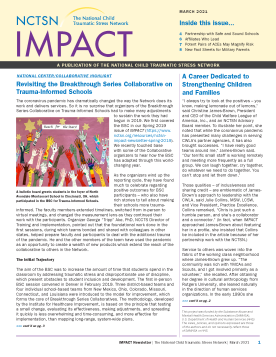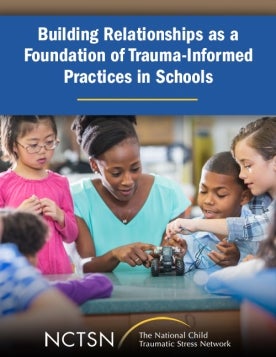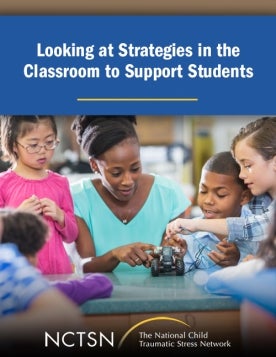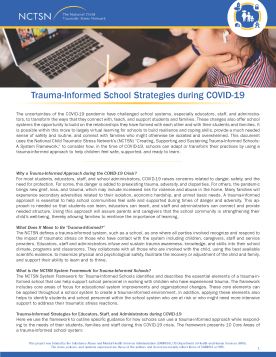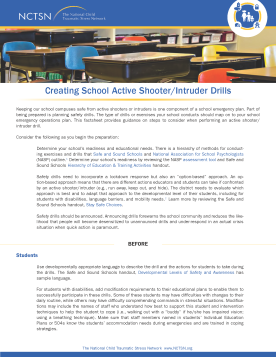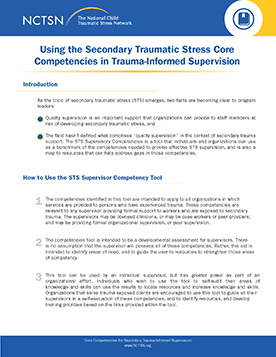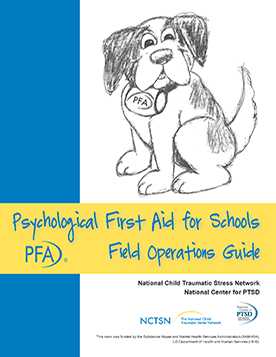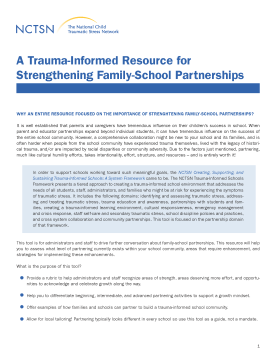
A Trauma-Informed Resource for Strengthening Family-School Partnerships
Helps schools assess what level of partnering currently exists within their school community, areas that require enhancement, and strategies for implementing these enhancements. This tool is for administrators and staff to drive further conversation about family-school partnerships.
